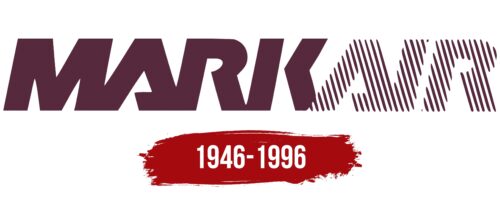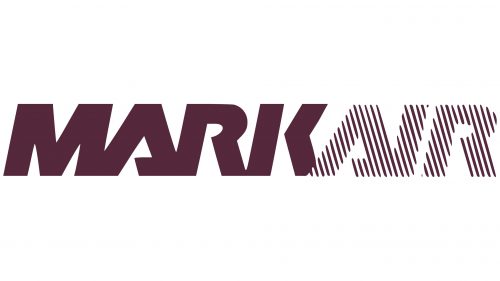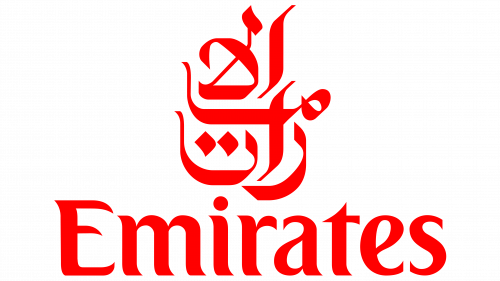The MarkAir logo connects the emblem with Alaska’s white, snowy deserts. The symbols emphasize the strength and endurance of the planes, which can land in any weather conditions and withstand snowstorms and hurricanes.
MarkAir: Brand overview
MarkAir, an Alaska-based airline, began its journey in aviation in 1946 and continued its operations until 1996.
Lyle Carl McGee, an aviator, founded an airline called McGee Airways in 1946. The company began as a small charter airline in Alaska, offering bush plane charters and service from Anchorage. McGee Airways met the unique needs of the Alaska Territories using floatplanes and piston airplanes.
In 1968, the company was transformed and became known as MarkAir. This period was also marked by a change in business model, with the airline focusing on scheduled passenger service. With the introduction of Boeing 737 jets, MarkAir expanded its network, offering service to Alaska and, in the 1970s and 1980s, to Seattle and other western regions of the United States.
In 1991, MarkAir became Alaska’s largest airline after acquiring rival Jet America. At the zenith of its success, the airline operated about 18 Boeing 737 airplanes and employed more than 1,200 people.
Unfortunately, the airline’s financial stability declined, leading to its bankruptcy in 1995. Despite 50 years in the industry, MarkAir was forced to cease operations in May 1996 due to insurmountable financial difficulties.
Meaning and History
What is MarkAir?
It was a former regional airline based in Alaska, USA, providing regular passenger services between key cities in the state and remote communities. The company operated a diverse fleet, including turboprop aircraft such as the Dash 8 and Beechcraft 1900, as well as Boeing 737 jets, adapted to the challenging weather conditions and unique operational requirements of the Far North.
1946 – 1996
To make the MarkAir name stand out, the designers colored it in a dark shade of marsala. For the same purpose, a unique, bold font has been used in which the letters “A,” “R,” and “K” have disconnected parts. The slanted shape of the lettering creates a visual effect of movement. All letters are connected to each other except for the last “R,” which is spaced from the “I.” The first part of the word mark (“MARK”) looks strict and confident, thanks to the solid filling. It represents reliability and professionalism. In contrast, “AIR” consists of diagonal stripes.
The choice of diagonal stripes in the word “AIR” evokes a sense of dynamism or fluidity, contrasting with the solid, stable “MARK.” This reflects the airline’s attempt to strike a balance between tradition and innovation, suggesting both the stability of service and the adaptability of a modern approach.





